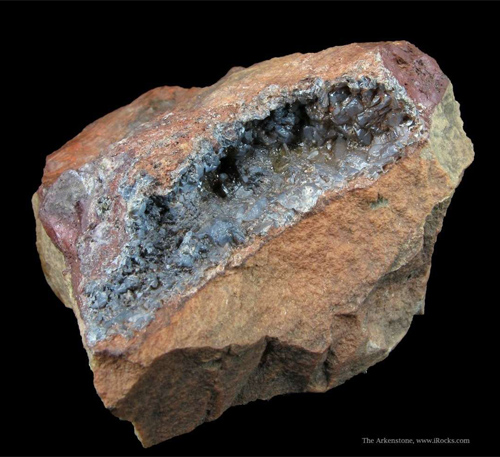The Mineral calomel

Calomel is an uncommon mineral found in mercury deposits. It is one of the better-known mercury compounds, and may even be associated together with Native
Mercury liquid droplets. Calomel is often found together with
Cinnabar, the most common mercury compound, and may form as an
alteration product of the Cinnabar.
Calomel derives its name from the Greek term "kalos", beautiful and "melos", black, in reference to its habit of turning black when coming into contact with ammonia.
Color
Colorless, white, light yellow, cream, gray. May darken upon prolonged exposure to light.
Crystal System
Tetragonal
Properties
Streak
White |
Hardness
1 - 2 |
Transparency
Transparent to translucent |
Specific Gravity
6.4 - 6.5 |
Luster
Adamantine |
Cleavage
1,2;2,2 |
Fracture
Conchoidal |
Tenacity
Sectile |
Other ID Marks
May be very strongly fluorescent with an orange to orange-red color. |
Additional Information
Composition
Mercury chloride
|
In Group
Halides |
Striking Features
Color and luster, occurrence in known mercury deposits, sectility, and strong fluorescence. |
Environment
As a secondary mineral in mercury deposits. |
Rock Type
Sedimentary |
Uses
Calomel is an ore of mercury.
Noteworthy Localities
Calomel is an uncommon mineral, found primarily in known mercury deposits. Some of the better known localities for this mineral include Landsberg, Rhineland-Palatinate, Germany; Terlingua, Brewster Co., Texas; and the Challenge deposit, Emerald Lake Hills, San Mateo Co., California.
Common Mineral Associations
Cinnabar, Mercury, Metacinnabar, Calcite, Terlinguaite, Eglestonite